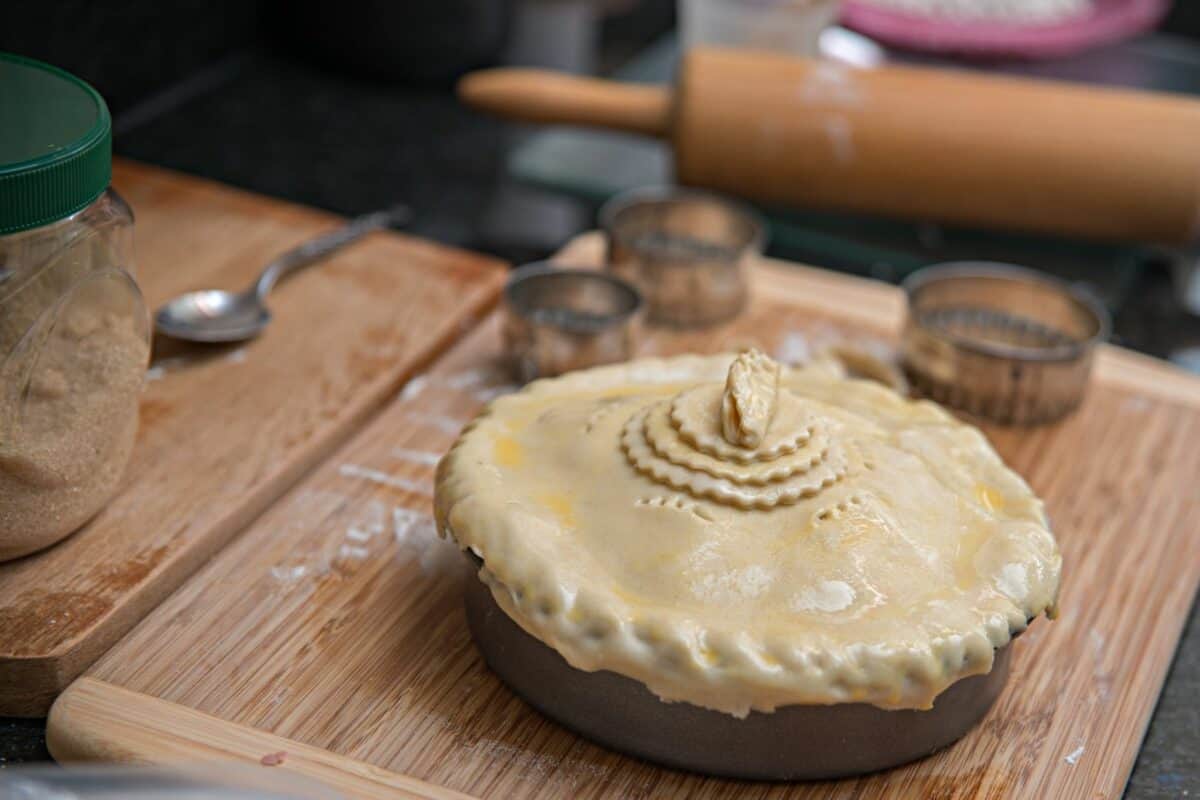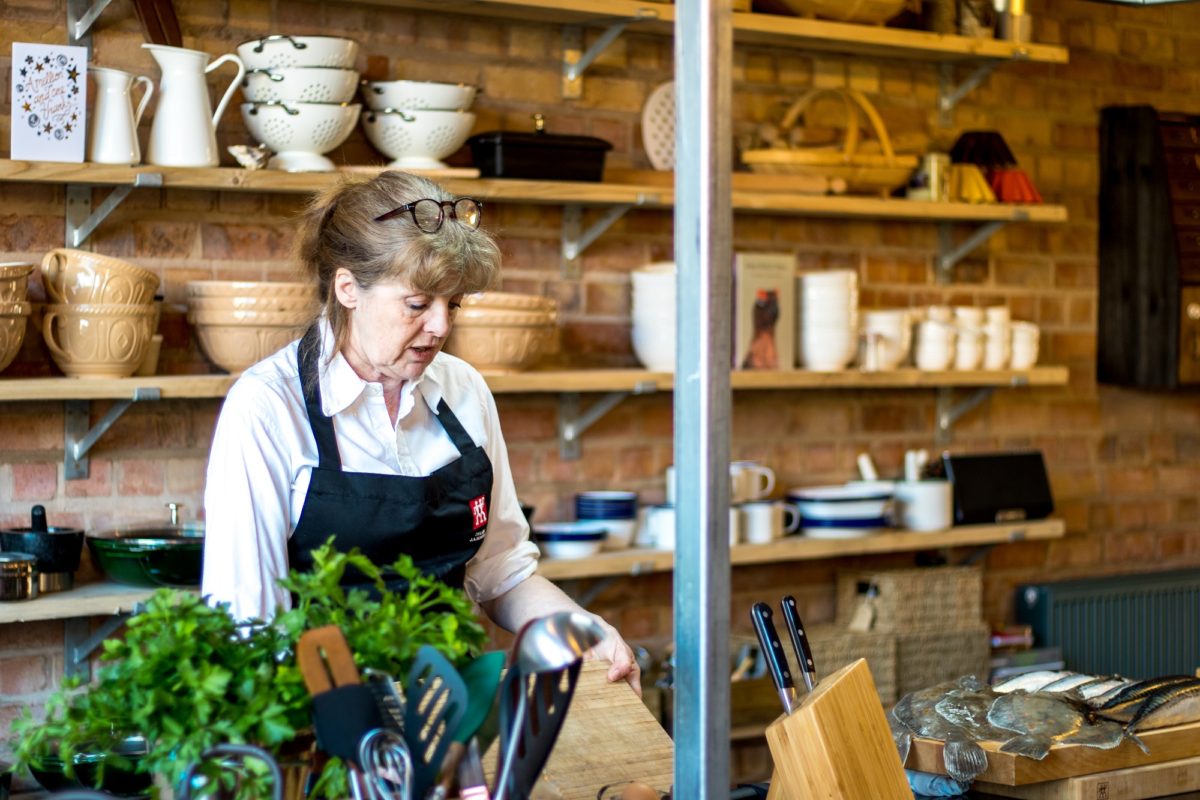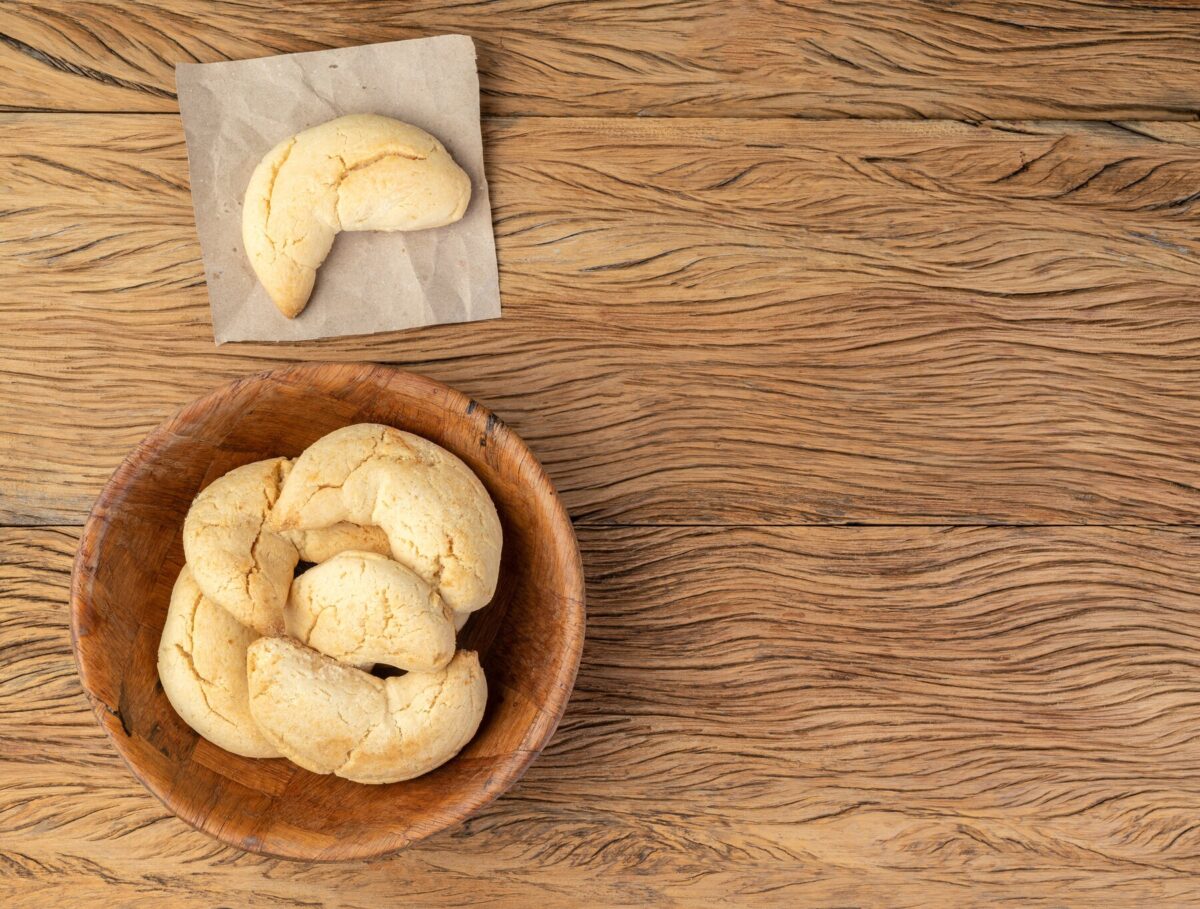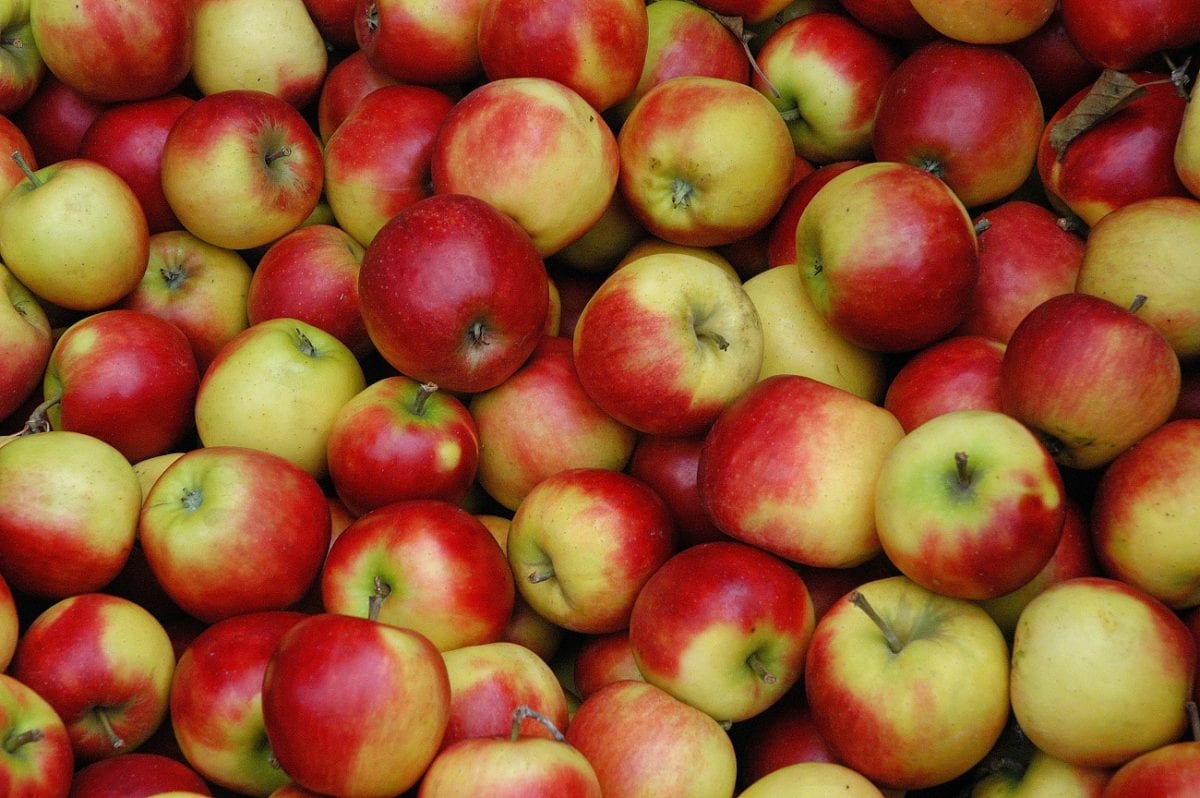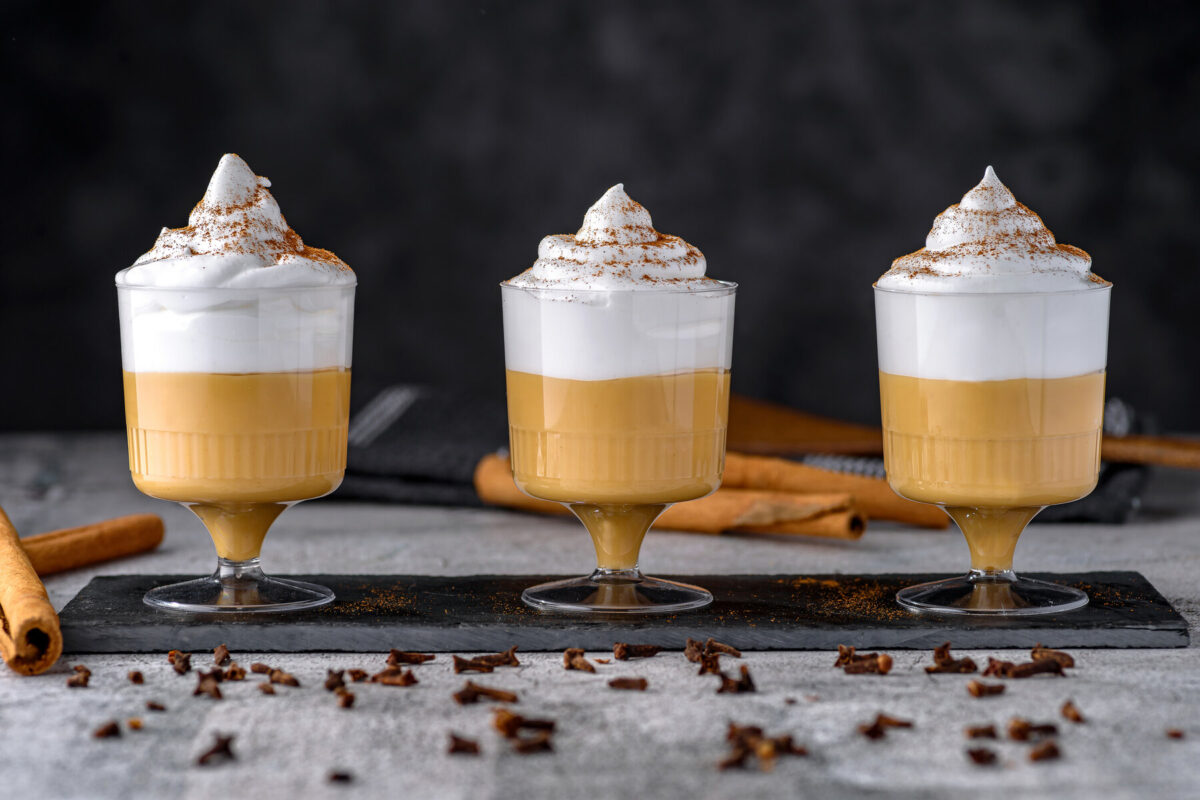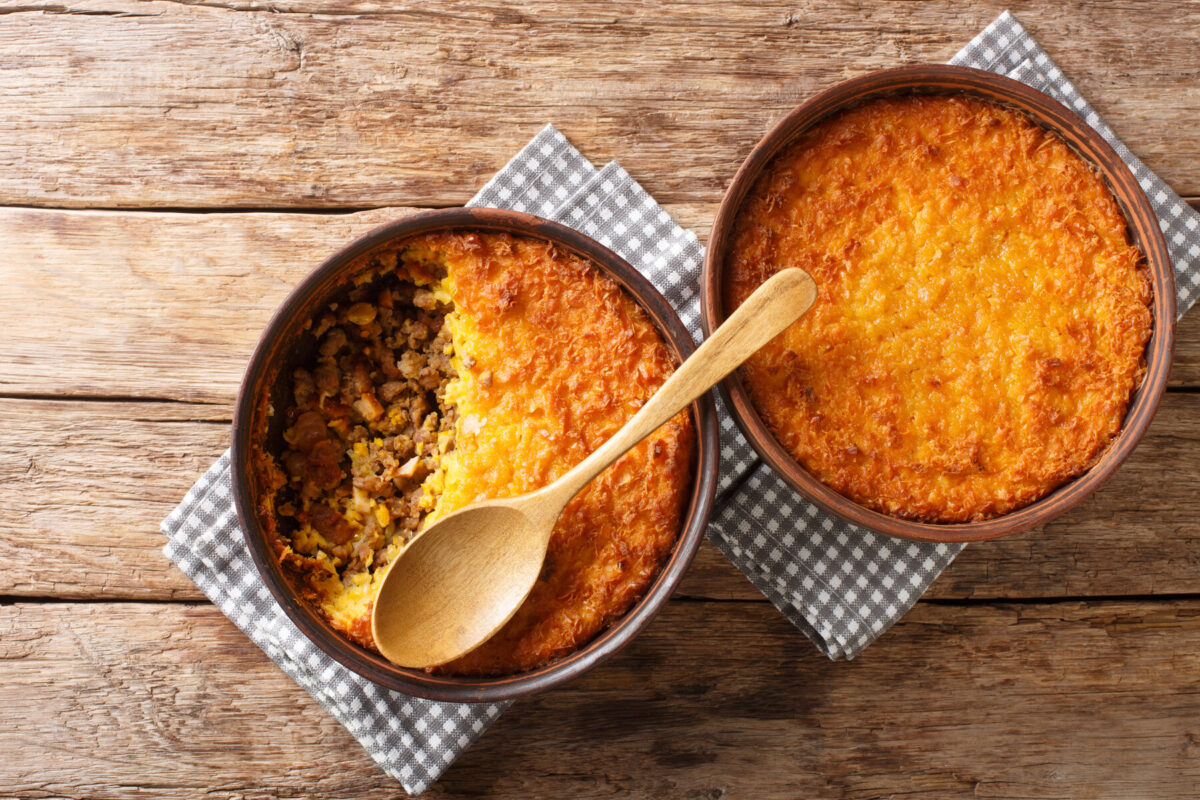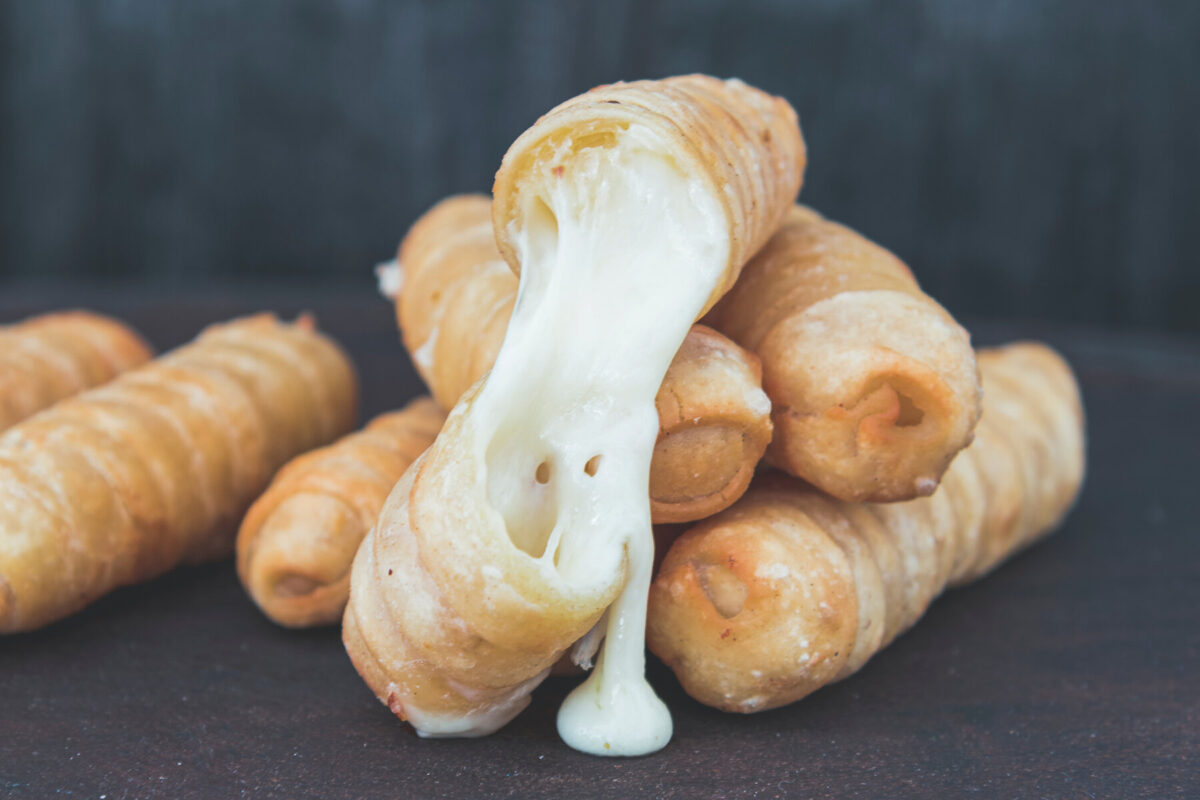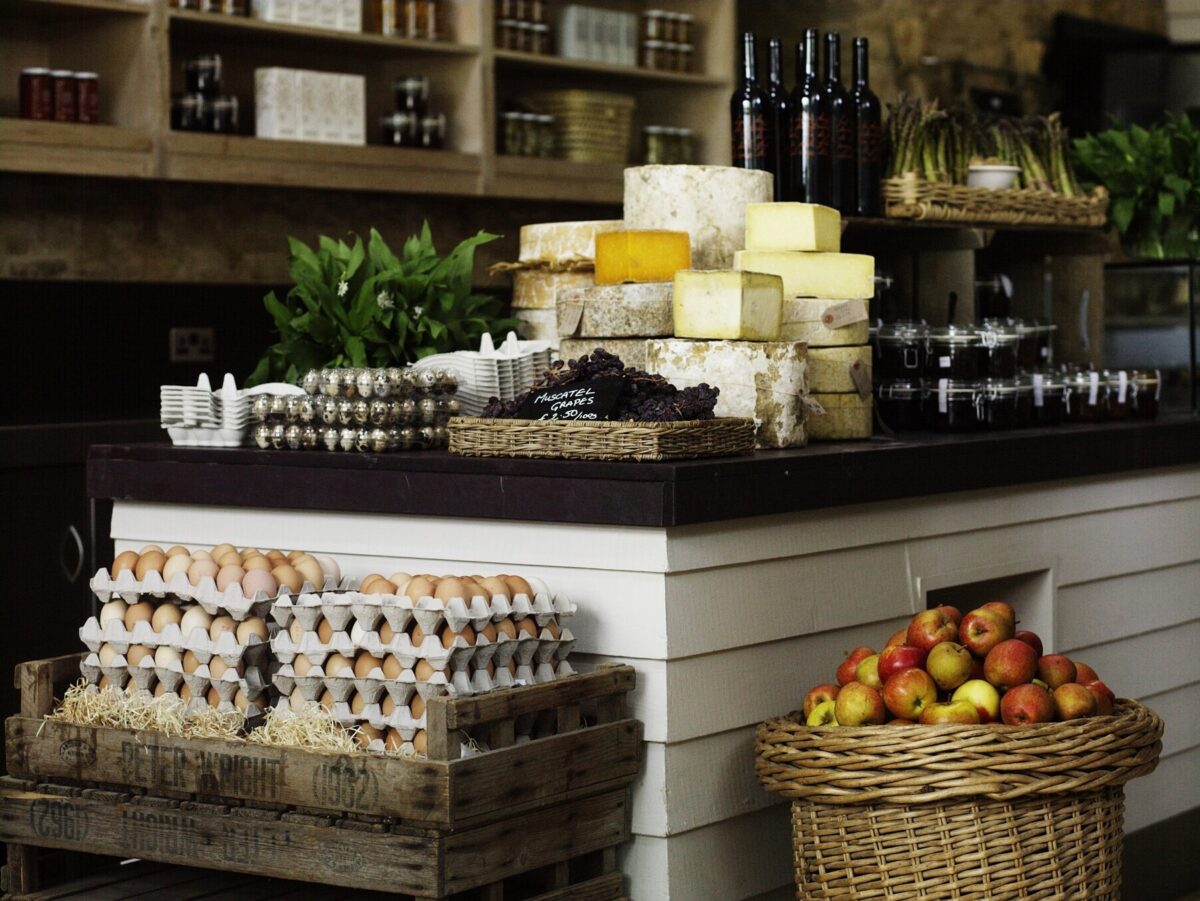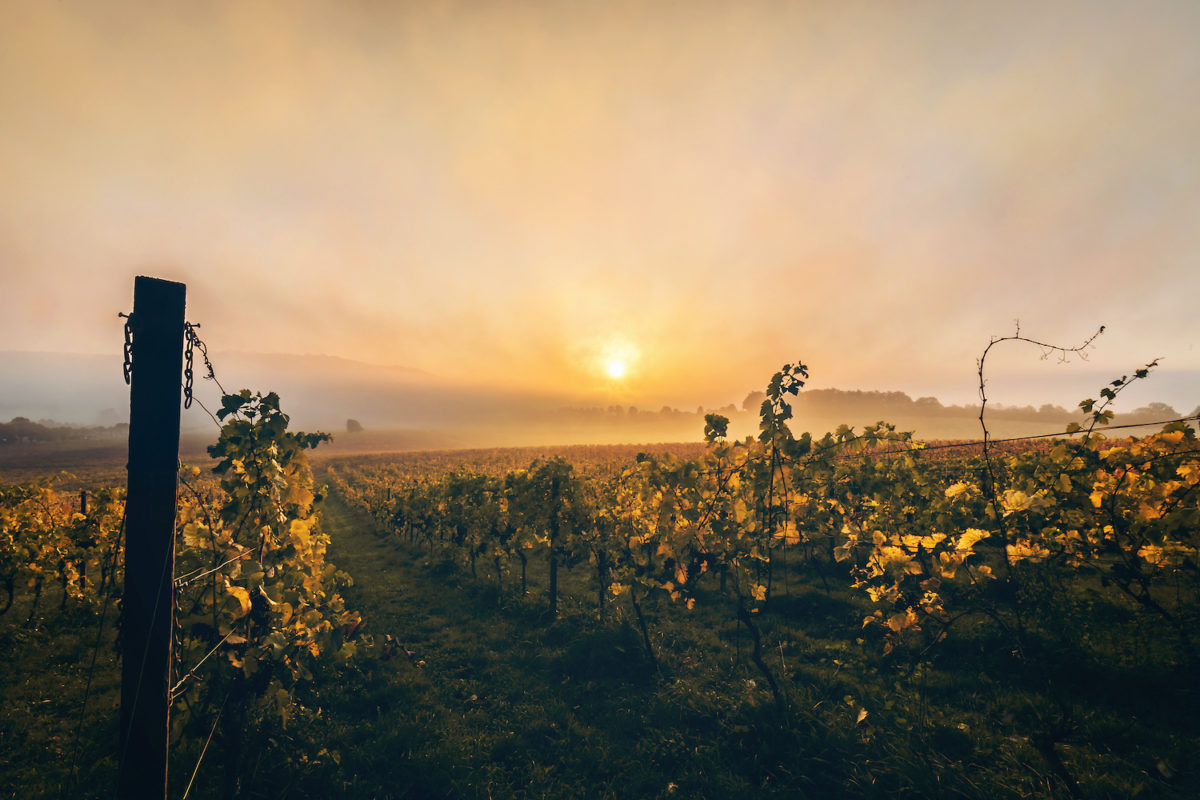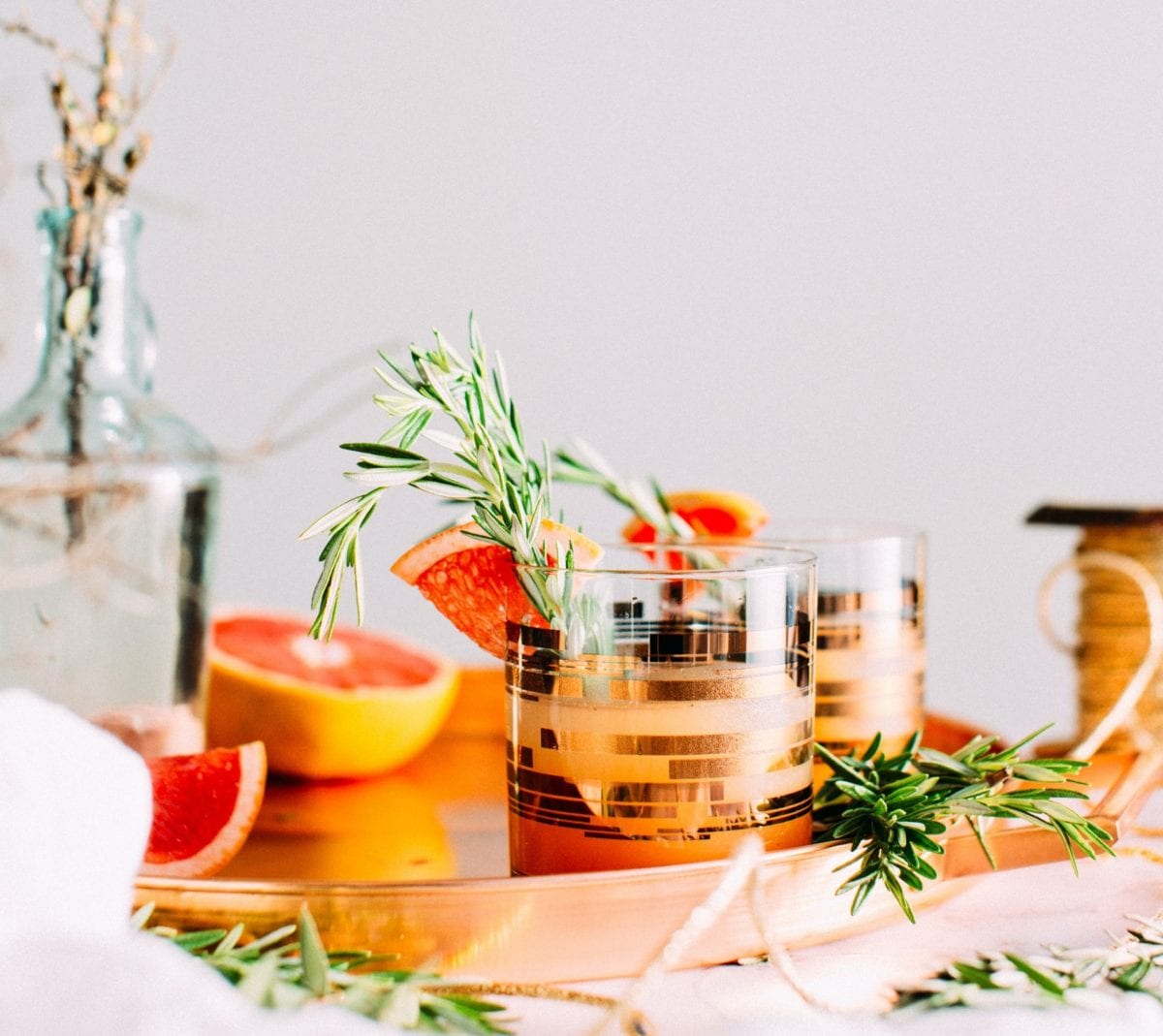The delicious fidget pie, filled with gammon, onion and cider, has experienced a revival in recent years.
As festive as it is delicious, Gilly Robinson’s chocolate Yule log is a guaranteed crowd-pleaser!
These cheese breads with a faint aniseed taste are best served warm.
Despite competing claims from other counties, there is no question: Somerset is cider’s spiritual home.
This is a truly sweet dessert.
This sweetcorn pie is a Chilean favourite.
You won’t be able to resist these deep-fried cheesy snacks.
Who’s hungry?
These are some of the more unlikely locations for vineyards in England… hicc!
From artisan producers to drinks with a view, we take a look at our favourite distilleries from England, Wales and Scotland.
